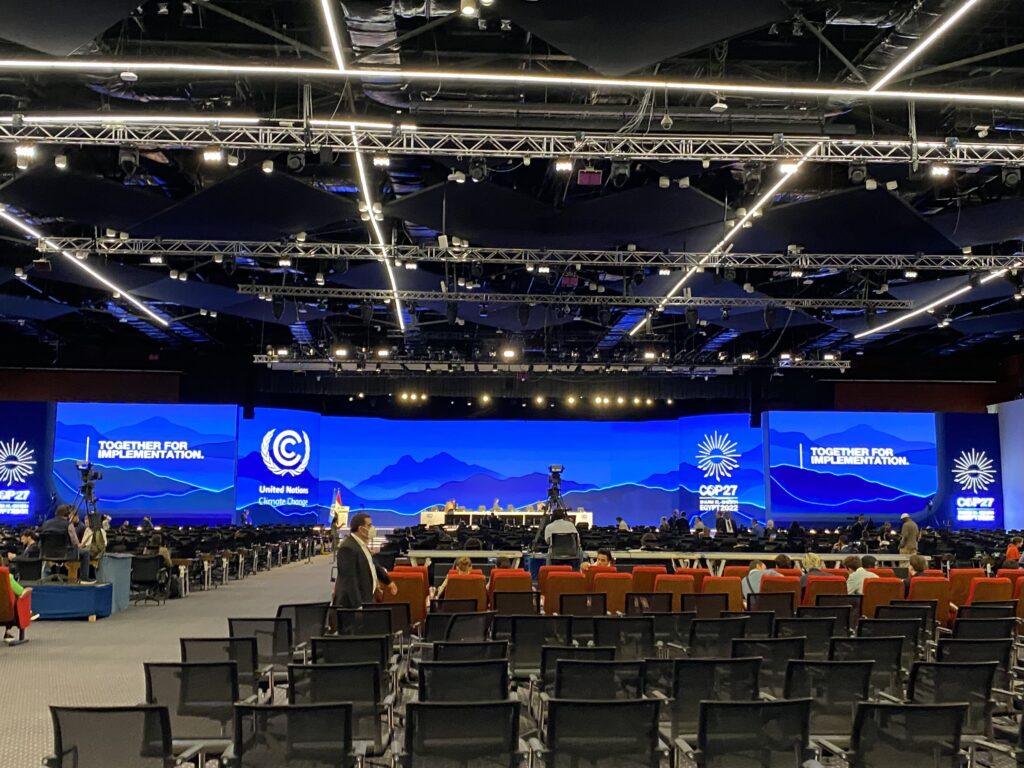1
COP27 in Sharm el-Sheikh to Focus on Delivering on the Promises of Paris, U.N. Climate Press Release (Nov. 6, 2022), https://unfccc.int/news/cop27-in-sharm-el-sheikh-to-focus-on-delivering-on-the-promises-of-paris/.
2
Id.
3
M. Pathak, R. Slade, P.R. Shukla, J. Skea, R. Pichs-Madruga, D. Ürge-Vorsatz,2022: Technical Summary. In: Climate Change 2022: Mitigation of Climate Change. Contribution of Working Group III to the Sixth Assessment Report of the Intergovernmental Panel on Climate Change [P.R. Shukla, J. Skea, R. Slade, A. Al Khourdajie, R. van Diemen, D. McCollum, M. Pathak, S. Some, P. Vyas, R. Fradera, M. Belkacemi, A. Hasija, G. Lisboa, S. Luz, J. Malley, (eds.)] (p. 77). Cambridge University Press, Cambridge, UK and New York, NY, USA.
4
Fei Teng, Ambitious and Credible Pledges, 12 Nature Climate Change 779, 779 (2022).
5
Climate Plans Remain Insufficient: More Ambitious Action Needed Now, U.N. Climate Press Release (Oct. 26, 2022), https://unfccc.int/news/climate-plans-remain-insufficient-more-ambitious-action-needed-now/.
6
Id.; COP27 Reaches Breakthrough Agreement on New “Loss and Damage” Fund for Vulnerable Countries, U.N. Climate Press Release (Nov. 20, 2022), https://unfccc.int/news/cop27-reaches-breakthrough-agreement-on-new-loss-and-damage-fund-for-vulnerable-countries/.
7
UNFCCC, Decision -/CP.27 -/CMA.4 Funding arrangements for responding to loss and damage associated with the adverse effects of climate change, including a focus on addressing loss and damage, harm el-Sheikh Climate Change Conference (Nov. 20, 2022).






